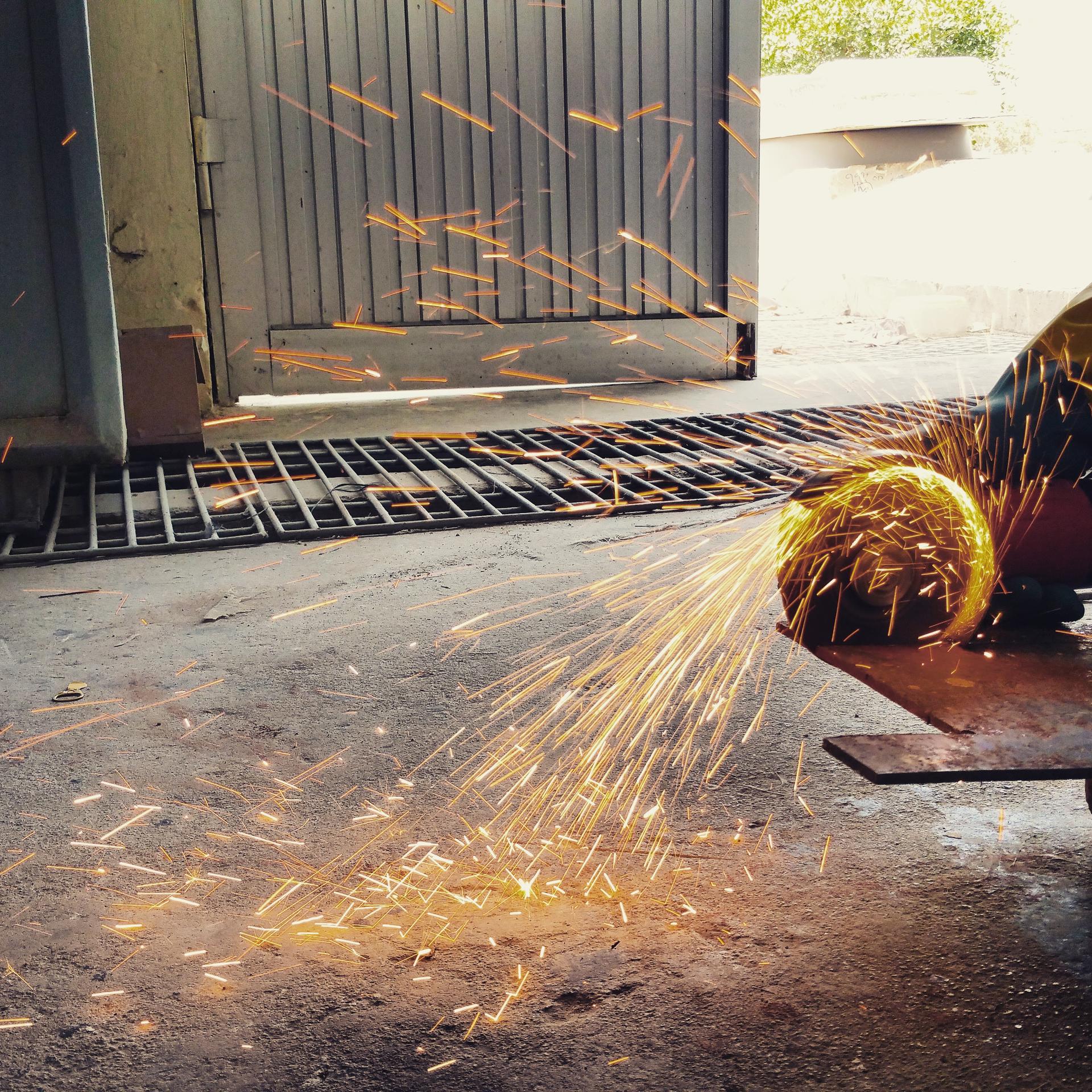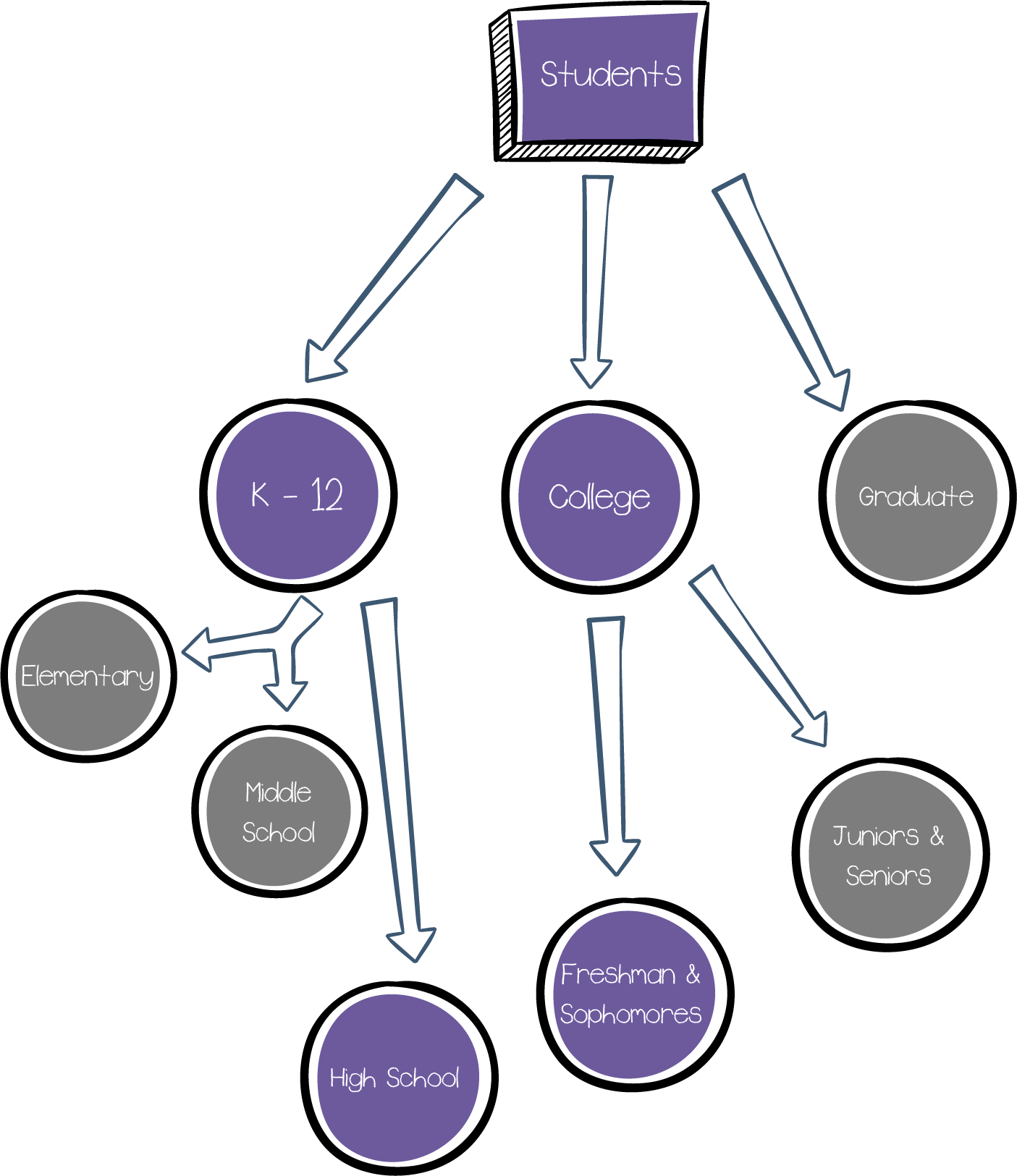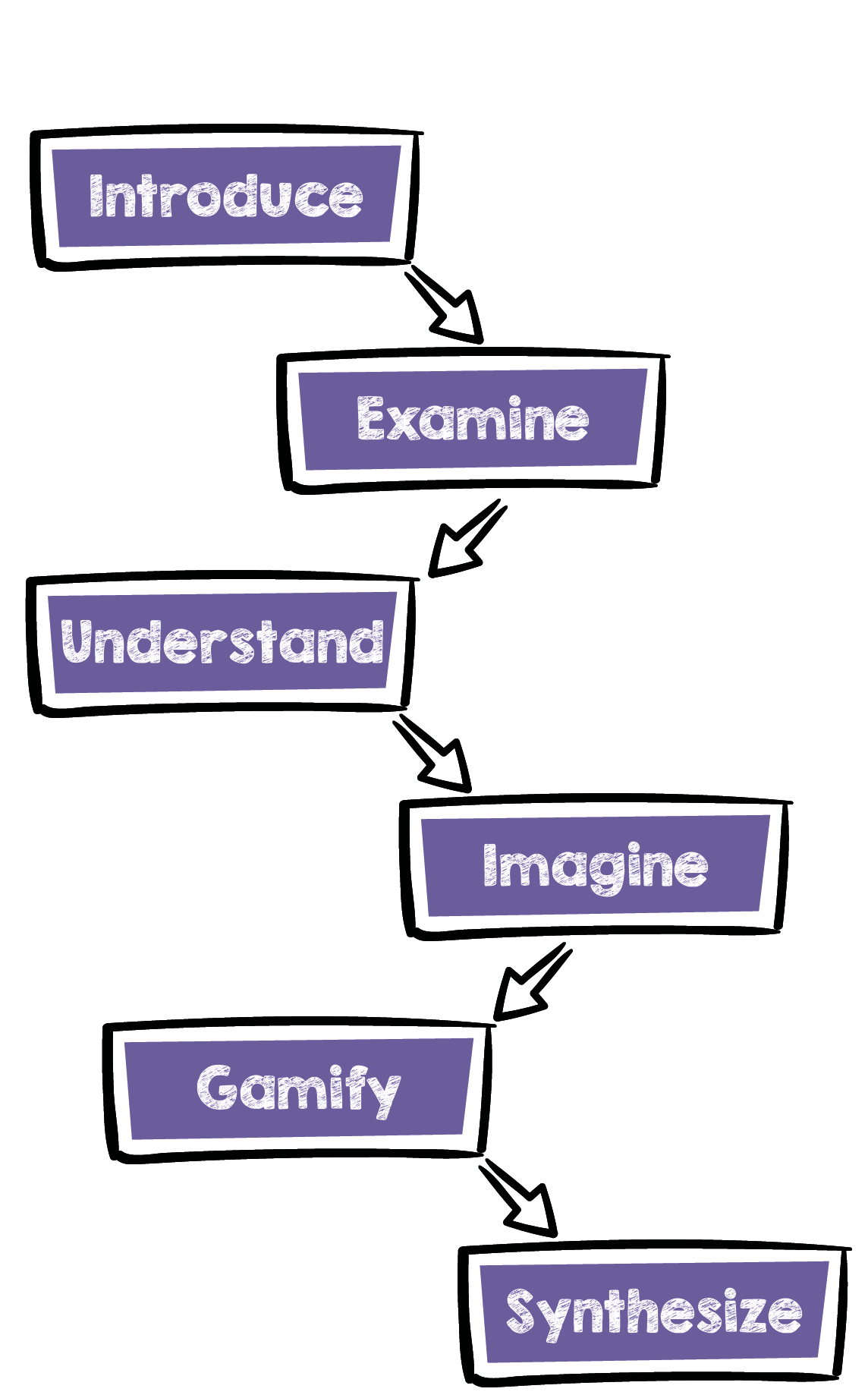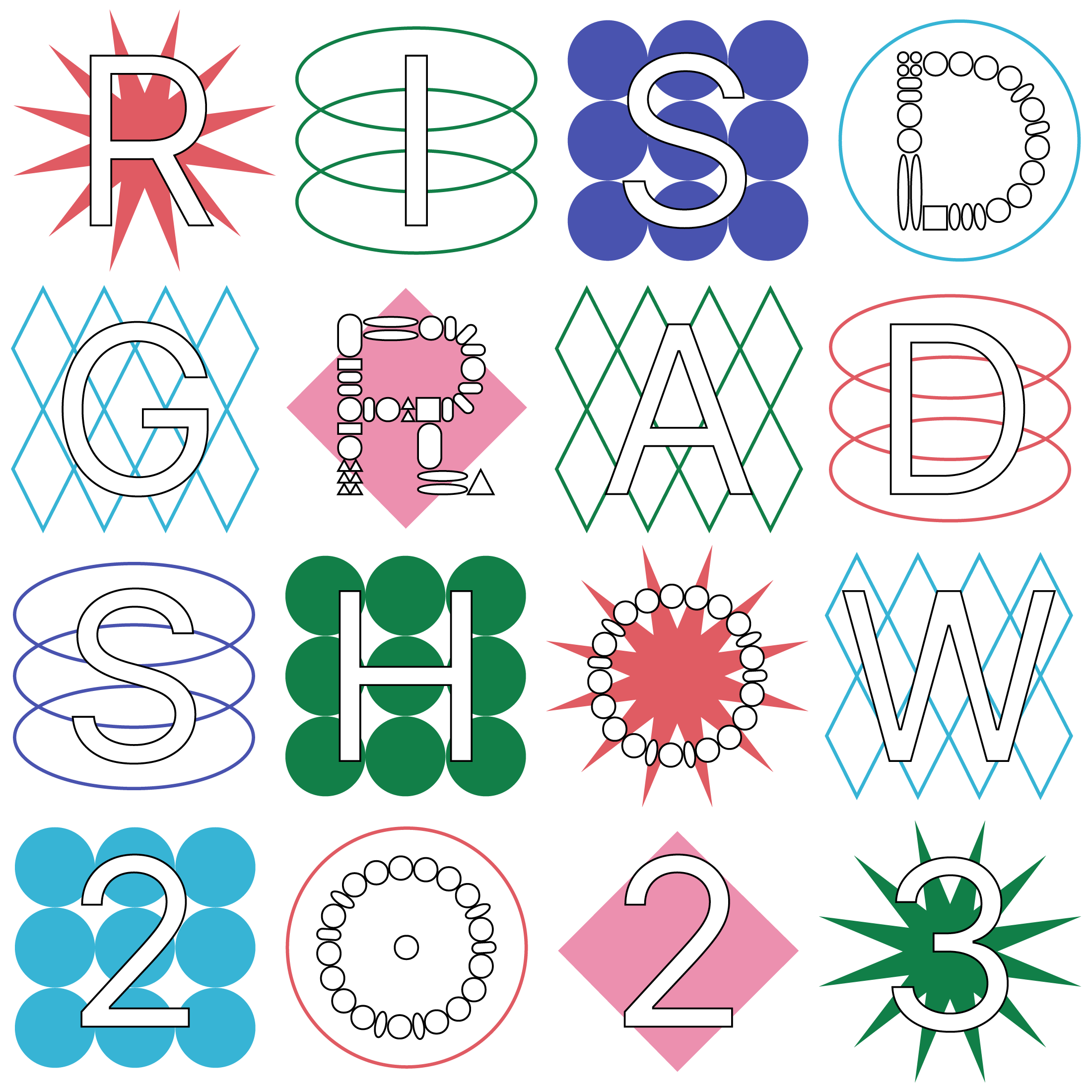Why so?
It is important to bridge the gap between theory and practice in scientific education, particularly for high school students who are developing their understanding of more complex concepts. Providing hands-on learning experiences and opportunities to apply engineering design principles can help students visualize and better grasp abstract concepts.
Engaging students in activities that require them to think creatively and solve real-world problems using scientific concepts and principles can be particularly effective. This approach can help students develop practical skills, such as critical thinking, problem-solving, and communication, while also reinforcing their knowledge of scientific principles.
As you step into the engineering lab, you can’t help but notice the hum of activity around you. Students huddle around their workstations, their faces illuminated by the glow of their computer screens as they delve into their latest projects. The ambience is thick with the sound of typing and clicking, and the occasional burst of laughter or excited chatter.
Making your way through the maze of workstations your eyes are drawn to a group of students gathered around a large monitor. As you approach, you realize that they are working on an interactive simulation-based digital education system, a cutting-edge tool designed to help them visualize the application of technical concepts in real-life situations.
The students are deeply engrossed in their work, their attention fixed on the monitor as they manipulate the simulation and experiment with different scenarios. They are completely immersed in the experience, and it’s clear that the system has captured their imaginations and sparked their creativity.
One of the students, a young woman with an intense gaze, notices your presence and invites you to join them. “We’re testing out the simulation for our latest project,” she explains. “We’re exploring how different design choices impact the efficiency of a wind turbine system. It’s really cool – we can see the impact of each change we make in real-time!”
As you settle in to watch, you’re struck by the incredible detail and complexity of the simulation. The students are able to tweak every aspect of the system, from the angle of the blades to the height of the tower, and the simulation provides instant feedback on the impact of each change. It’s clear that this technology has the potential to revolutionize the way engineering and design concepts are taught and applied.
As the simulation continues, the students begin to debate the merits of various design choices, their arguments backed up by the data provided by the system. They’re clearly deeply invested in the project, and it’s clear that the system has helped them to develop a deep understanding of the technical concepts they’re exploring.
As you watch, you’re struck by the incredible potential of this technology to transform the way we teach and learn engineering and design. It’s clear that this system has the power to make abstract concepts tangible and accessible, and to foster a new generation of engineers and designers who are deeply engaged with the technical challenges of our time.




